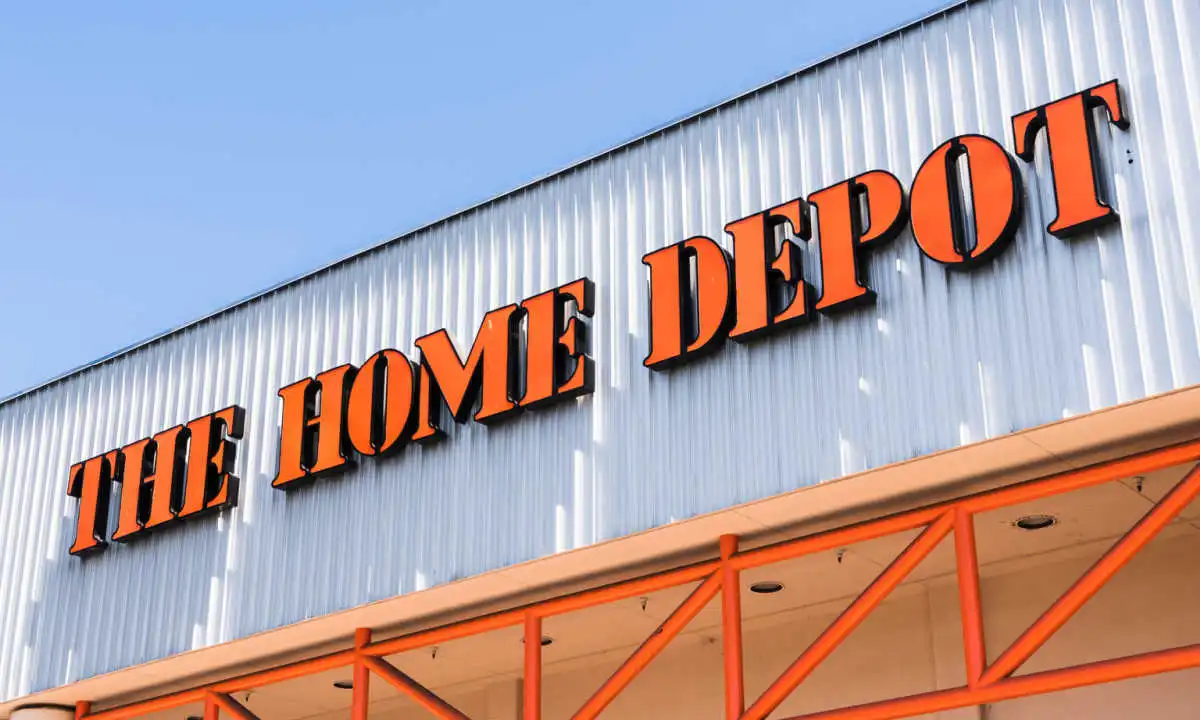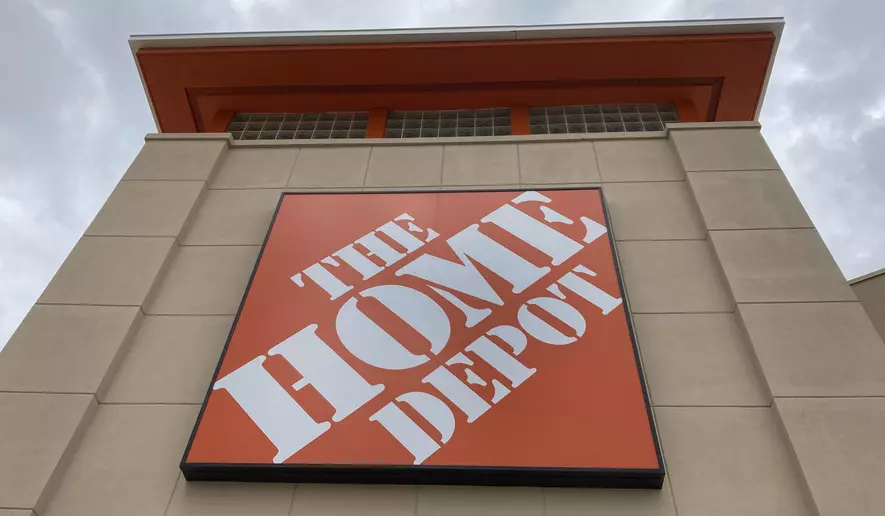In a bold move that sets it apart from competitors, Home Depot has announced its commitment to maintaining current pricing levels despite mounting pressure from President Trump’s escalating tariff policies. This strategic decision comes at a time when major retailers across America are warning consumers about inevitable price increases, creating a stark contrast in the retail.
Chief Financial Officer Richard McPhail delivered this reassuring message to investors and customers during the company’s first-quarter earnings call in May 2025, emphasizing the retailer’s unique position to weather the economic storm. The announcement carries significant weight as it directly contradicts the prevailing industry narrative that tariff costs must be passed on to consumers.
Home Depot’s stance becomes even more remarkable when considering that over half of the company’s sales are generated domestically, making it particularly vulnerable to tariff impacts. However, the home improvement giant’s strategic foresight and operational excellence have positioned it to absorb these additional costs without burdening customers.
The timing of this announcement is particularly noteworthy, coming just days after Walmart drew President Trump’s public criticism for warning about potential price increases. While other retail giants struggle with the financial implications of import taxes, Home Depot’s confident approach suggests a well-orchestrated strategy that could provide significant competitive advantages.
This pricing strategy represents more than just a financial decision; it’s a calculated move to capture market share while competitors raise prices. The company’s ability to maintain stable pricing could attract cost-conscious consumers and strengthen its market position during uncertain economic times.
Strategic Supply Chain Diversification Powers Pricing Stability
Home Depot’s confidence in maintaining stable prices stems from years of strategic supply chain planning and diversification efforts. The company has systematically reduced its dependence on Chinese imports, working closely with suppliers to establish alternative sourcing arrangements across multiple countries.
McPhail revealed that by 2026, Home Depot expects no single foreign country to account for more than 10% of its purchases, a remarkable achievement in supply chain diversification. This strategic positioning provides the company with unprecedented flexibility in tariff pressures while maintaining cost efficiency.
The retailer’s scale and strong supplier partnerships have created additional leverage in negotiations, allowing the company to drive productivity improvements throughout its operations. These collaborative relationships enable Home Depot to maintain competitive pricing even as external pressures mount.
Competitive Advantage Through Market Positioning

While competitors like Walmart have warned investors about the inability to absorb tariff pressures, Home Depot views this challenge as a significant opportunity for market share expansion. The company’s merchandising chief, Billy Bastek, emphasized that customers won’t see broad-based price increases, though some product options may disappear from shelves if tariff costs make them economically unviable.
This selective approach allows Home Depot to maintain its core product offerings while eliminating less profitable items, ultimately strengthening its product portfolio. The strategy demonstrates sophisticated market analysis and operational flexibility that smaller competitors may struggle to match.
Strong Financial Performance Supports Bold Strategy
Home Depot’s first-quarter 2025 results provide a solid foundation for its ambitious pricing strategy. The company generated $39.9 billion in total revenue, representing a 9.4% increase compared to the previous year, while customer transactions increased 2.1% to 394.8 million.
Despite challenging market conditions, including adverse weather impacts and a sluggish housing market, Home Depot maintained customer engagement across smaller projects and seasonal events. The average transaction value of $90.71 demonstrates continued consumer confidence in home improvement investments.

